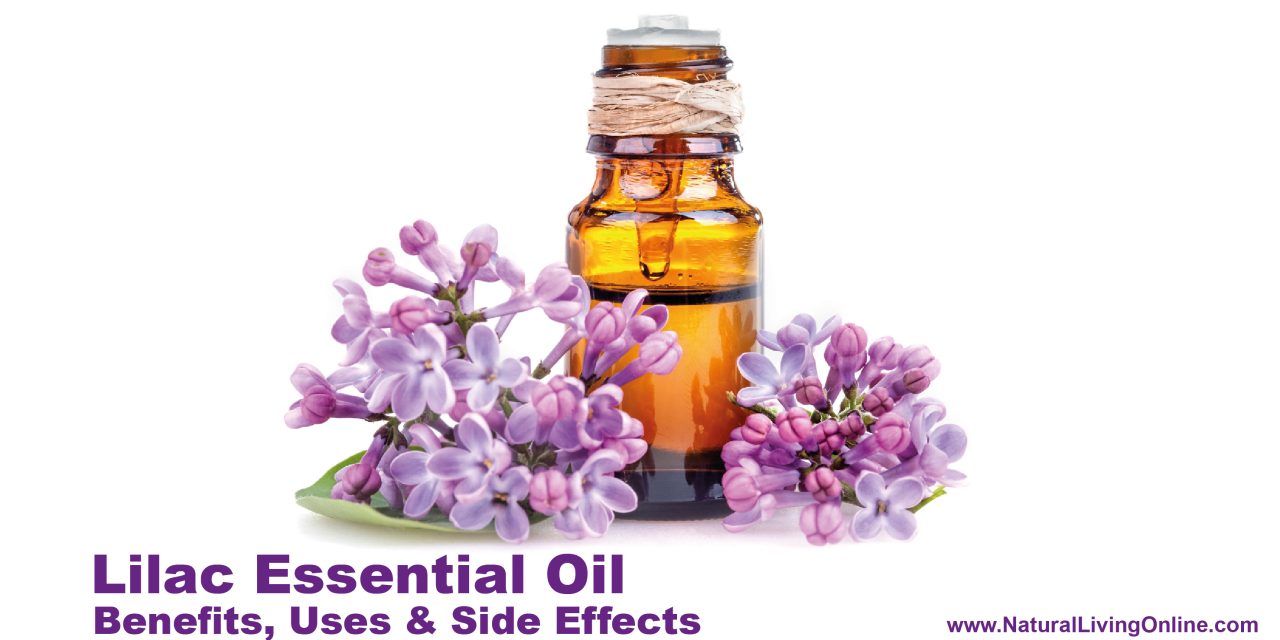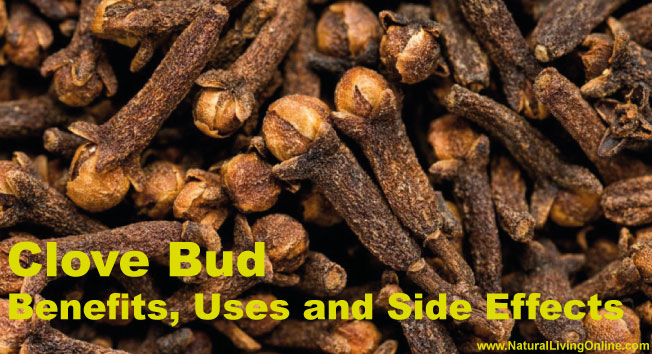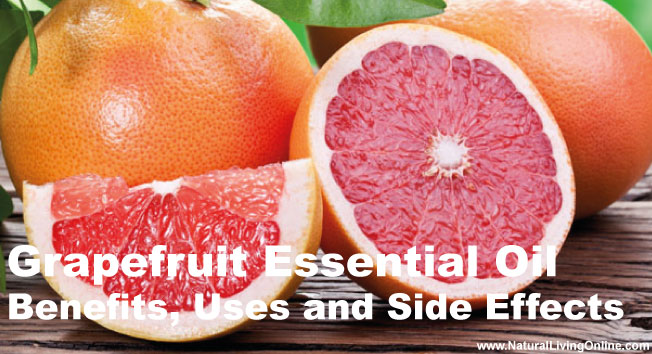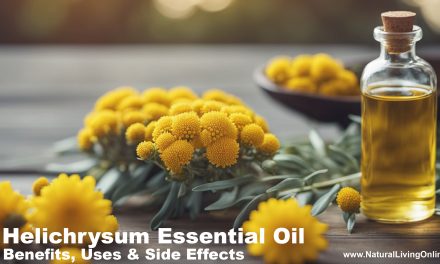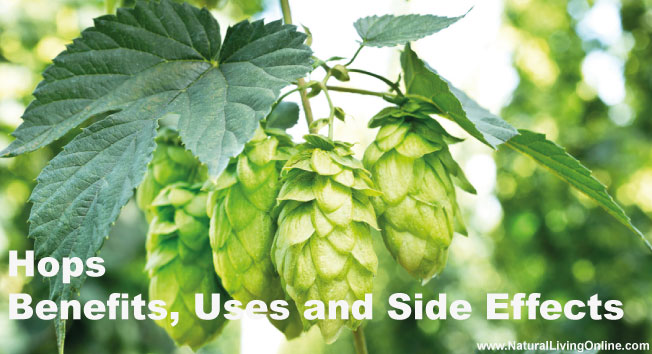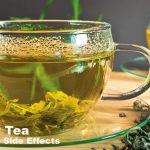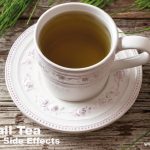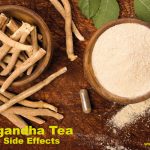Lilac essential oil, extracted from the flowers of the Syringa vulgaris plant, has garnered attention for its remarkable properties. Long treasured for its sweet fragrance and lush blooms, lilac has transcended garden borders to become a notable component of the aromatherapy world. Its oil harnesses a blend of compounds that are believed to offer various health and wellness advantages, making it a unique addition to anyone’s essential oil collection.
In exploring the realm of natural remedies, lilac essential oil presents a tapestry of potential benefits and uses. Its calming aroma is often utilized to alleviate symptoms of anxiety and promote relaxation. Beyond its influence on mood, lilac essential oil is also applied in skincare regimens, aiming to improve the appearance of skin by utilizing its purported astringent and anti-aging qualities. However, alongside these benefits come responsibilities; proper usage and awareness of potential side effects are essential to ensure safe and effective application.

Key Takeaways
- Lilac essential oil is acclaimed for its therapeutic aroma and potential skin benefits.
- Its application spans from promoting emotional well-being to enhancing skincare routines.
- Dilution and understanding of safety precautions are vital for proper use of lilac essential oil.
History and Origin
Lilac essential oil, admired for its delicate floral scent, is extracted from the flowers of the Syringa vulgaris, a species commonly known as the common lilac. This plant is native to Eastern Europe and Asia, underpinning the quintessential aroma that many associate with the fragrance of spring. The essential oil itself is more typically a fragrance oil, which is appreciated for its sweet and alluring aroma.
Historically, the cultivation of lilacs stretches back centuries, with their robust presence in gardens originating in the Ottoman Empire. It wasn’t long before the enchanting lilac made its way across Europe. As a testament to its popularity, by the 18th century, lilac shrubs graced the gardens of England and became a staple of European horticulture.
The process of extracting oil from lilacs is quite labor-intensive. Lilac essential oil is often crafted through enfleurage, a traditional method of extraction that involves capturing the fragrance compounds in fats. This method, though not as common today, was once one of the few processes by which the precious oil was attained.
As a result of its process and the large number of flowers needed, authentic lilac essential oil is rare and can be quite costly. Today, what is often marketed as lilac essential oil may actually be a blend of other natural essential oils and synthetic compounds designed to mimic the scent of lilacs. Despite these variations, the allure of lilac remains, cementing its historic position as a cherished ingredient within the world of aromatherapy and fragrance.
Essential Oil Profile
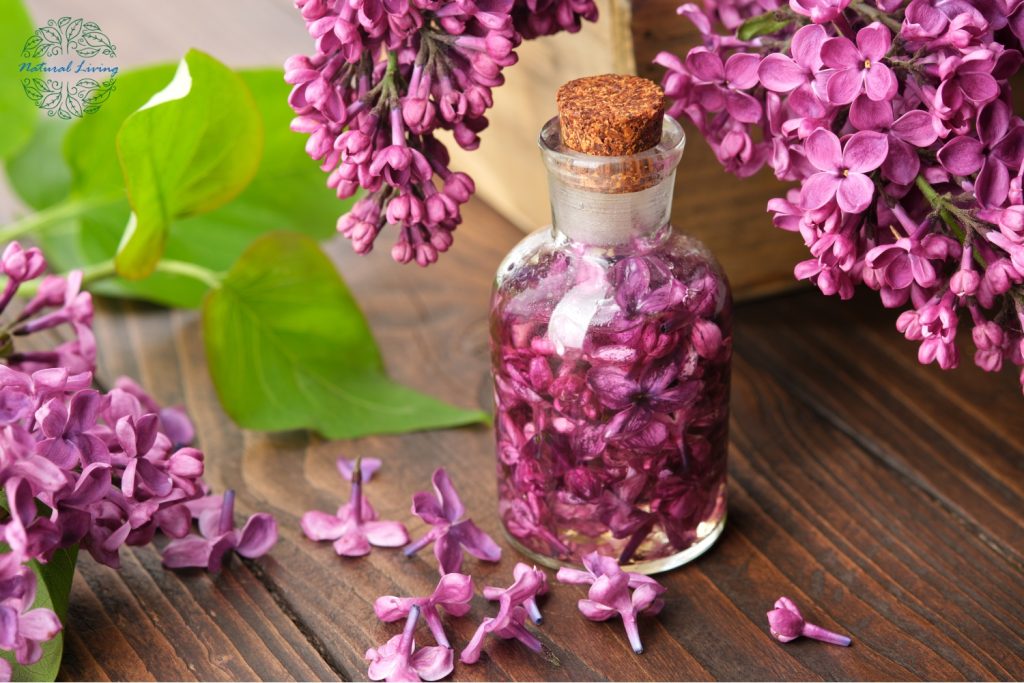
Botanical Name: Syringa vulgaris
Common Names: Lilac, Common Lilac
Plant Family: Oleaceae
Countries of Origin: Native to the Balkan Peninsula, widely cultivated in Europe and North America
Extraction Method: Solvent extraction or enfleurage (Lilac essential oil is rarely produced via steam distillation due to the delicate nature of the flowers)
Parts Used: Flowers
Essential Oil Smell: Sweet, floral, fresh, with a slightly green note
Essential Oil Color: Light yellow to amber
Viscosity: Thin
Perfumery Note: Middle
Strength of Aroma: Medium to strong
Blends Well With
- Jasmine (Jasminum grandiflorum)
- Rose (Rosa damascena)
- Lavender (Lavandula angustifolia)
- Ylang-Ylang (Cananga odorata)
- Sandalwood (Santalum album)
- Bergamot (Citrus bergamia)
- Neroli (Citrus aurantium)
Therapeutic Properties
- Antidepressant
- Antibacterial
- Antifungal
- Antispasmodic
- Relaxant
- Uplifting
Uses
- Aromatherapy: to alleviate stress, anxiety, and depression; promote relaxation and emotional balance
- Perfumery: as a component in floral and fresh fragrance formulations
- Skincare: for its soothing and antibacterial properties; often used in lotions and creams
- Home fragrance: in diffusers, potpourri, and candles to create a pleasant and calming atmosphere
Contraindications
- Not recommended for use during pregnancy.
- May cause skin sensitivity in some individuals; perform a patch test before use.
- Use with caution on sensitive or damaged skin.
Side Effects
- Potential skin irritation or allergic reactions in sensitive individuals.
- Should be used in moderation due to its potent aroma.
Types
- Pure Lilac Essential Oil (rare and often expensive due to the extraction process)
- Lilac Absolute (more common due to solvent extraction)
- Lilac Fragrance Oil (synthetic, not a true essential oil, but commonly used in commercial products)
Chemical Constituents
(Note: Exact percentages can vary and are not always well-documented for lilac essential oil due to its rarity and the complexity of its composition. The following are some known components found in lilac extracts.)
- Linalool (5-10%): Contributes to the floral and fresh aroma.
- Terpineol (3-8%): Provides antiseptic and relaxing properties.
- Eucalyptol (1-5%): Adds a fresh and slightly camphorous note.
- Farnesol (1-3%): Known for its antibacterial and soothing effects.
- Benzyl acetate (1-3%): Contributes to the sweet and floral fragrance.
Lilac essential oil is cherished for its delightful fragrance and calming properties, though it is relatively rare and expensive due to the delicate nature of the flowers and the complexity of the extraction process. It is commonly used in high-end perfumery and aromatherapy for its soothing and uplifting effects.
Benefits and Uses
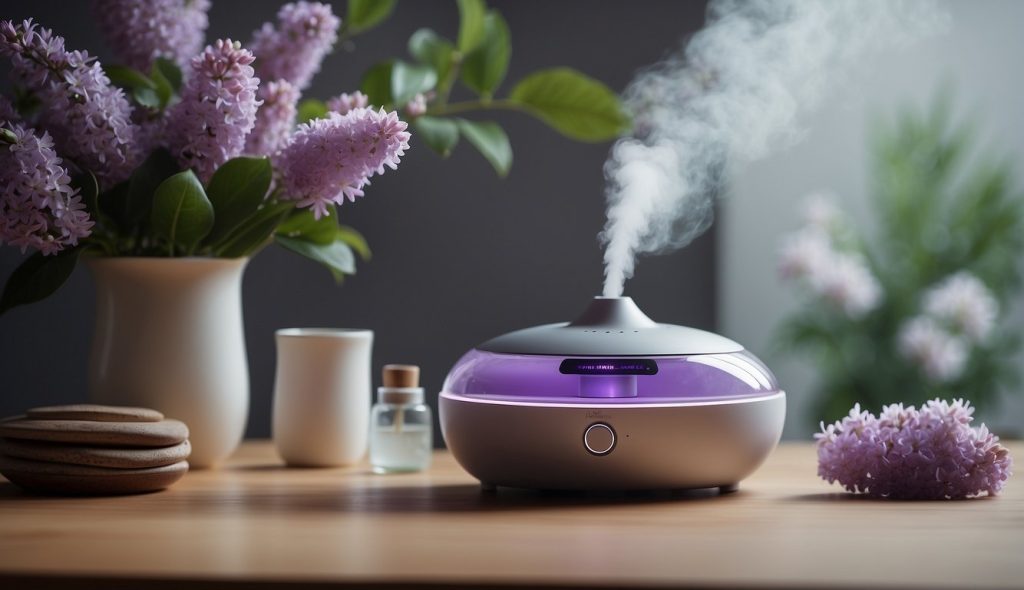
Lilac essential oil, known for its pleasant fragrance, also offers several health benefits, especially in aromatherapy, skin care, and overall health and well-being. It is valued both for its aromatic properties and its function in beauty and therapeutic applications.
Aromatherapeutic Effects
The scent of lilac essential oil is sought after for its ability to create a calming atmosphere, promoting stress relief and relaxation. Regular use in aromatherapy can lead to lessened feelings of anxiety and depression, positively impacting one’s mood and sense of joy.
Skin Care Applications
When it comes to skin health, lilac essential oil may act as a potent ally. It is thought to offer anti-inflammatory properties, which can help to reduce inflammation, delay signs of premature aging, and increase the elasticity of the skin. Regular application can help diminish the appearance of wrinkles, fine lines, and blemishes, making it a valuable addition to sensitive skin care routines.
Supporting Health and Well-Being
Beyond its use for beauty, lilac essential oil is linked to a range of health benefits. Anecdotal evidence suggests it can enhance overall well-being, bolster the immune system, and provide relief from sunburns, hives, and fever. Some use it to support respiratory health and to alleviate various types of pain associated with minor ailments.
Methods of Application
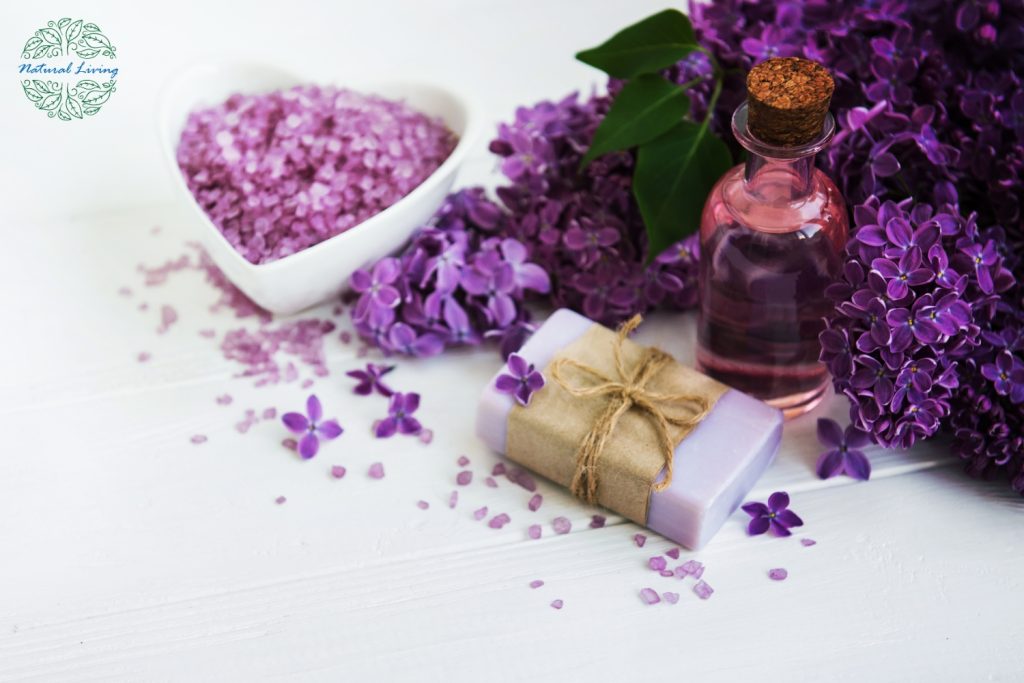
Lilac essential oil can be incorporated into your daily routine through topical applications or aromatic practices. Each method utilizes the oil’s properties in a unique way to benefit the user, ensuring flexibility and convenience in its usage.
Topical Applications
When applying lilac essential oil to the skin, remember to dilute it with a carrier oil such as coconut oil, olive oil, or jojoba oil. This helps to mitigate any potential skin irritation and ensures safe usage.
- Dilution: For every drop of lilac essential oil, mix with at least one teaspoon of carrier oil.
- Lotions and Creams: Add a few drops to a fragrance-free lotion or cream to enjoy its aromatic properties along with the moisturizing benefits.
- Massage Oil: Combine lilac essential oil with a carrier oil to create a luxurious massage oil that not only soothes the senses but may also promote healthy looking skin.
- Skin Toner: Incorporate a small amount into a homemade toner to potentially help tighten and tone the skin.
Perform a patch test before using any new topical product extensively to ensure there is no adverse reaction.
Aromatic Practices
Using lilac essential oil for its scent involves different methods that disperse its floral aroma into the air, contributing to a serene atmosphere and potentially providing stress relief.
- Diffusers: Place several drops into a water-based diffuser to release the oil’s fragrance into the room, which may help to alleviate stress.
- Direct Inhalation: Inhale the oil directly or add a drop onto a tissue for a quick aromatic experience.
Remember that while lilac essential oil is treasured for its fragrance, its therapeutic benefits via aromatic practices have not been extensively studied or proven by clinical research. Use these practices as complementary to traditional wellness routines.
Safety and Precautions
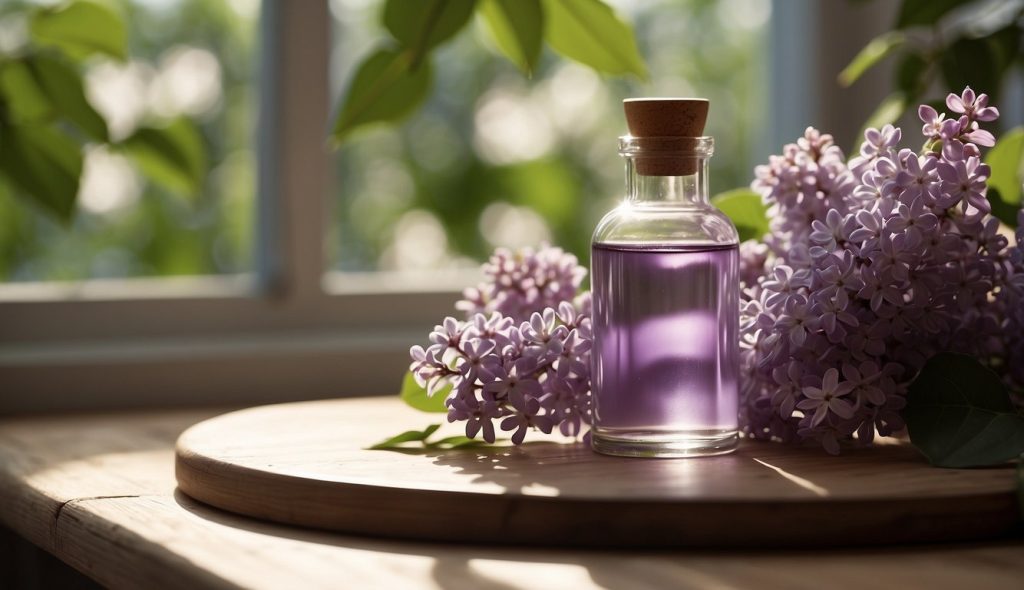
When using lilac essential oil, safety should be of paramount importance. Awareness of potential side effects and the particular cautions that apply to specific groups of people can help ensure a safe experience.
Potential Side Effects
Lilac essential oil is known for its fragrant properties, but it can cause allergic reactions in some individuals, leading to symptoms such as skin irritation or rashes. Photosensitivity may occur after application, increasing the risk of sunburn, especially in people with sensitive skin. Care must be taken to avoid any adverse effects.
Cautions for Specific Groups
Pregnant women should exercise caution with lilac essential oil; its potent components could be problematic for both the mother and developing fetus. People with a history of severe allergies or skin conditions should consult a healthcare provider before use. Lilac essential oil may exhibit properties that affect bacteria and parasites, including intestinal worms and could theoretically influence conditions like malaria. However, such uses require professional guidance to avoid any harmful consequences.
Frequently Asked Questions
What are the potential benefits of lavender oil on the skin?
Lavender oil is applauded for its skin benefits due to its antioxidants and astringent properties, which may help to reduce wrinkles and improve the skin’s elasticity.
How can lavender oil be used to improve sleep?
The soothing aroma of lavender oil is known to enhance sleep quality by creating a calming environment conducive to rest and relaxation when diffused in the bedroom or applied topically after proper dilution.
Who may experience adverse reactions to lavender essential oil?
Individuals with sensitive skin or allergies might have adverse reactions to lavender essential oil, and it is always recommended to do a patch test or consult with a healthcare provider before use.
What are some common side effects associated with using lavender oil topically?
When applied topically, lavender oil may cause skin irritation or an allergic reaction in some individuals, especially if used in concentrated forms without appropriate dilution.
In what ways can lavender oil be utilized to reduce anxiety?
Aromatherapy using lavender essential oil can alleviate anxiety by promoting feelings of calmness and reducing stress when inhaled either through a diffuser or by adding a few drops to a warm bath.
Does lavender oil possess anti-inflammatory properties and what are its implications for health?
Lavender oil contains components with anti-inflammatory properties. These properties may offer relief from inflammatory conditions and support overall health when you apply it topically in dilution or use it in aromatherapy.
References:
This website does not provide medical advice.
All information provided on this website, and on associated social media networks, including but not limited to texts, images, and numbers are for general information purpose only. It is not intended as medical advice and it does not include all possible precautions, side effects, or interactions that may occur. Neither NaturalLivingOnline.com nor its author/founder take responsibility for how you use this information. Statements contained on NaturalLivingOnline.com have not been evaluated by the FDA. You should conduct thorough research via multiple sources and consult your physician or qualified doctor before using any essential oil or herbal remedy. Information on NaturalLivingOnline.com must not be relied upon for medical, legal, financial or other decisions.

